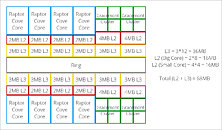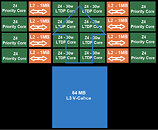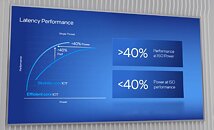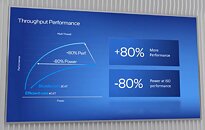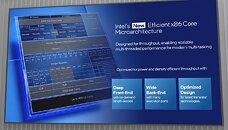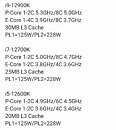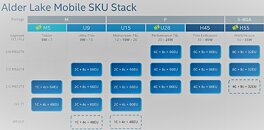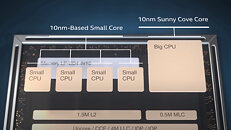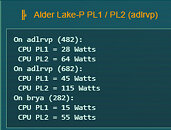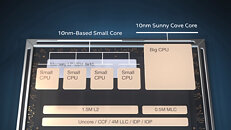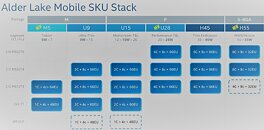
Intel Advancing 13th Gen Core "Raptor Lake-S" Launch to Q3-2022?
Intel is allegedly advancing the launch of its 13th Gen Core "Raptor Lake-S" desktop processors to some time in Q3-2022, according to a report by Moore's Law is Dead. It was earlier believed to be a Q4 launch, much like "Alder Lake" was, in 2021. The report predicts the debut of "Raptor Lake" in the desktop segment in Q3-2022 (between July and September), with certain mobile SKUs expected toward the end of the year, in Q4. The Core "Raptor Lake-S" processor is built in the existing Socket LGA1700 package, and is being designed for compatibility with existing Intel 600-series chipset motherboards with a firmware update.
The "Raptor Lake-S" silicon is built on the existing Intel 7 (10 nm Enhanced SuperFin) node, and physically features eight "Raptor Cove" P-cores, along with sixteen "Gracemont" E-cores that are spread across four clusters. The chip has additional cache memory, too. Moore's Law is Dead predicts that the "Raptor Cove" P-core could introduce an IPC uplift in the region of 8 to 15 percent over the "Golden Cove" core, while the chip's overall multi-threaded performance could be anywhere between 30 to 40 percent over "Alder Lake-S," on account of not just increased IPC of the P-cores, but also eight additional E-cores.
The "Raptor Lake-S" silicon is built on the existing Intel 7 (10 nm Enhanced SuperFin) node, and physically features eight "Raptor Cove" P-cores, along with sixteen "Gracemont" E-cores that are spread across four clusters. The chip has additional cache memory, too. Moore's Law is Dead predicts that the "Raptor Cove" P-core could introduce an IPC uplift in the region of 8 to 15 percent over the "Golden Cove" core, while the chip's overall multi-threaded performance could be anywhere between 30 to 40 percent over "Alder Lake-S," on account of not just increased IPC of the P-cores, but also eight additional E-cores.


